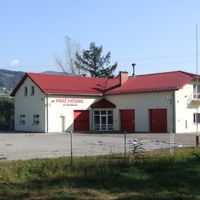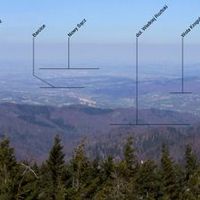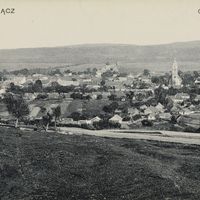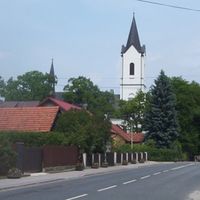Old Sącz
6.93
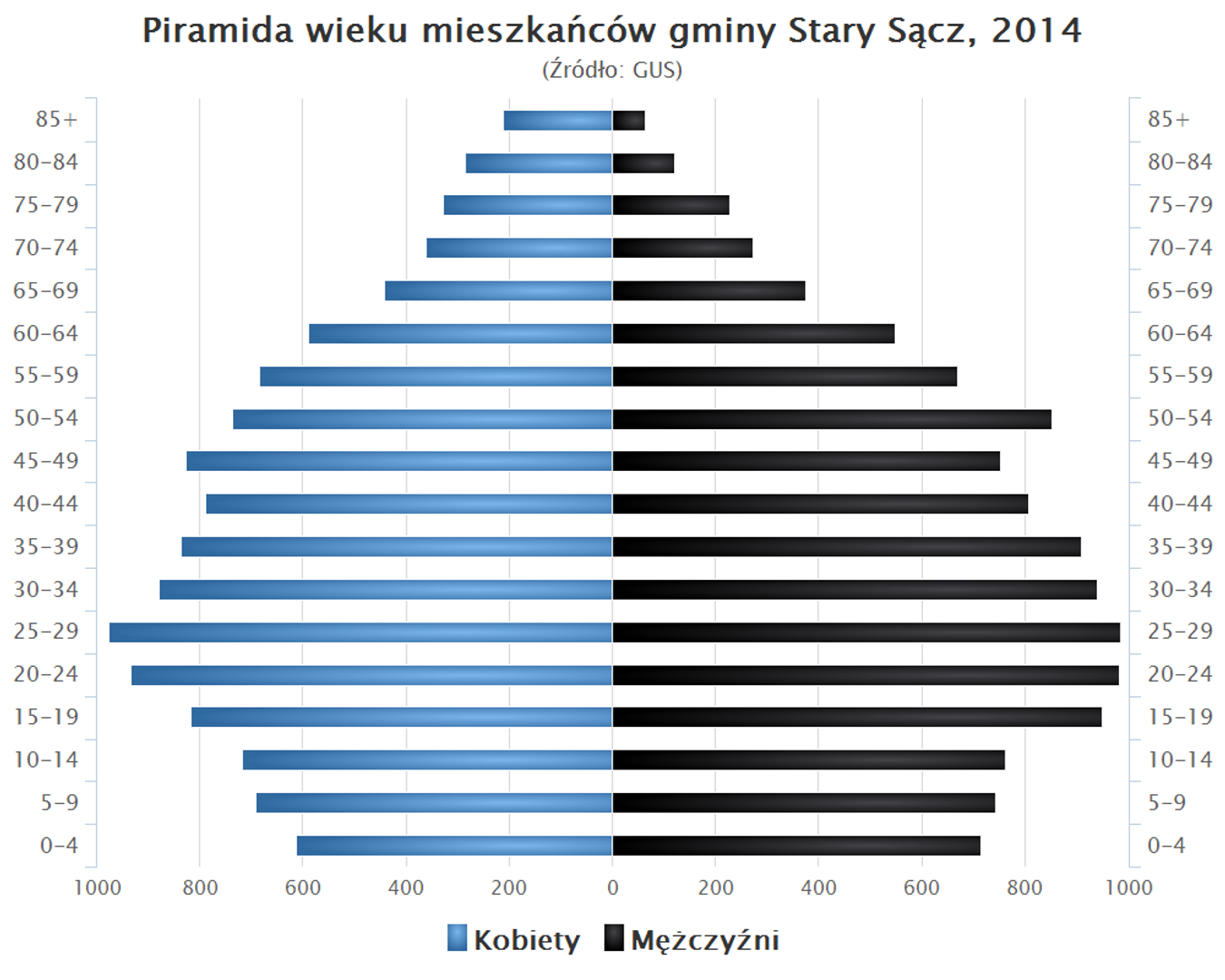
Overview
The Municipality of Stary Sącz, located in the heart of the Sądecka Valley, covers an area of 102.41 km², of which 46% is agricultural land and 41% is forested, constituting 6.61% of the Nowy Sącz County. The municipality is situated at the confluence of the Dunajec and Poprad rivers and serves as a crossroads for important trade routes leading to Slovakia and the Podhale region. A significant portion of its territory lies within the boundaries of the Poprad Landscape Park.
The municipality boasts a rich history, with its origins dating back to 1257, when Prince Bolesław the Chaste granted the Sądecczyzna lands to his wife, Kinga. In 1280, the princess founded the Poor Clares and a Franciscan monastery, and in 1358, Stary Sącz was granted town rights. In 1683, upon his return from the Vienna campaign, King John III Sobieski met with his wife, Marysieńka, in Stary Sącz. In the 18th century, the town was struck by a great fire that destroyed much of its buildings.
The municipality includes numerous villages such as Barcice Dolne, Barcice Górne, and Gołkowice, with the town of Stary Sącz serving as its administrative seat. The local economy is primarily based on agriculture and fruit growing, with a growing number of residents running their own businesses. Stary Sącz and its surroundings are home to numerous trading companies, sawmills, meat processing plants, and specialized farms. By the end of 1999, the municipality had 845 registered businesses.
Demographically, the municipality is part of the Lesser Poland Voivodeship, and between 1975 and 1998, it belonged to the Nowy Sącz Voivodeship. It borders the municipalities of Łącko, Nawojowa, Podegrodzie, Rytro, Szczawnica, and the city of Nowy Sącz.
Stary Sącz is also notable for its historical monuments, the most significant of which is the church in Barcice, built in 1901, featuring a main altar from 1622 and triptychs from 1470–1480 associated with the local artistic school. The Municipality of Stary Sącz is an area rich in history and culture, characterized by deep traditions and beautiful landscapes, making it an attractive place to live and visit.
Location
2025 Wizytor | All Rights Reserved
